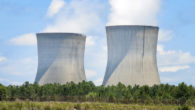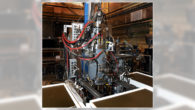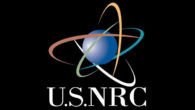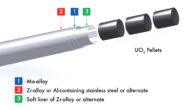Vogtle 2 to Load Chromia Fuel

AREVA NP yesterday said four lead test assemblies featuring chromia additions to the fuel pellets and a chromium coating to the fuel rod cladding will be loaded into Vogtle unit 2 in spring 2019. The company will begin manufacturing the chromia-doped fuel pellets at its facility in Richland, Washington, later this year. John Williams, nuclear…





